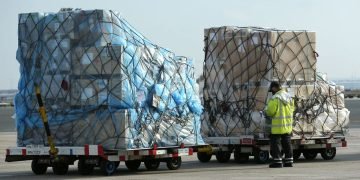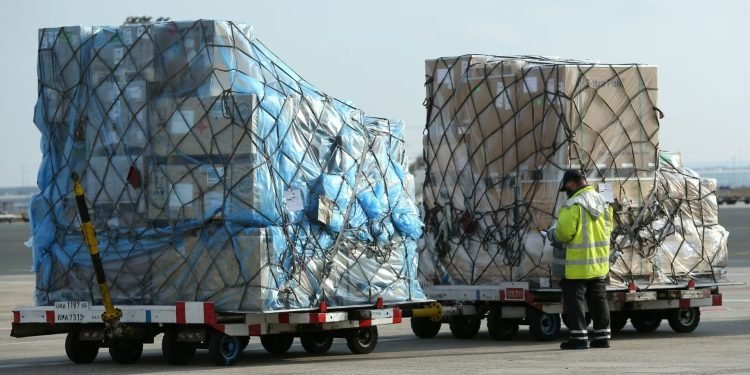In the intricate web of global logistics, recent events have triggered significant disruptions in air cargo rates. The convergence of the Lunar New Year celebrations and the escalating crisis in the Red Sea region has sent shockwaves through the air freight industry, leading to a notable rise in cargo rates.
Lunar New Year Impact
The Lunar New Year, a widely celebrated festival in several Asian countries, has historically been associated with disruptions in the supply chain. This year, the festivities coincided with heightened demand for air cargo services, as businesses sought to replenish inventories post-holiday. The surge in demand for air freight, coupled with reduced operational capacity during the holiday period, has contributed to a substantial increase in cargo rates.
John Chang, Logistics Manager in Shanghai, shares his experience: “The Lunar New Year is always a challenging time for logistics. This year, the demand for air cargo services was unprecedented. The rush to restock inventories after the holiday led to a surge in rates, catching many businesses off guard.”
Red Sea Crisis Adds to the Strain
In a separate but interconnected development, the escalation of the crisis in the Red Sea region has further strained the air cargo industry. The Red Sea, a critical maritime trade route, has witnessed heightened tensions, impacting both sea and air transport. The uncertainty surrounding the situation has prompted businesses to shift towards air cargo as a more secure and expedited means of transportation.
Ahmed Malik, an Importer in Djibouti, expresses his concerns: “The Red Sea has been a lifeline for our imports, but the recent crisis has disrupted shipping routes. Many businesses, including mine, have turned to air cargo to ensure timely deliveries. However, the increased demand has led to a surge in prices.”
Impact on Global Trade
The dual impact of Lunar New Year demand and the Red Sea crisis has sent ripples across the global trade landscape. From delayed shipments to rising logistics costs, businesses are grappling with the multifaceted challenges posed by these developments. The air cargo industry, known for its adaptability, is now working to manage the surge in demand and navigate the uncertainties in the Red Sea region.
Emily Johnson, Supply Chain Analyst, reflects on the broader implications: “The interconnected nature of global trade means that disruptions in one part of the world can have far-reaching consequences. The surge in air cargo rates reflects the industry’s efforts to cope with the simultaneous challenges presented by the Lunar New Year and the Red Sea crisis.”
Looking Ahead
As the air cargo industry grapples with these challenges, stakeholders are closely monitoring developments in the Red Sea region and the post-Lunar New Year period. The ability to adapt to changing circumstances and implement agile strategies will be crucial for businesses navigating the evolving landscape of international logistics. In the meantime, businesses are advised to stay informed, communicate transparently with partners, and explore alternative logistics solutions to mitigate the impact of these disruptions.























